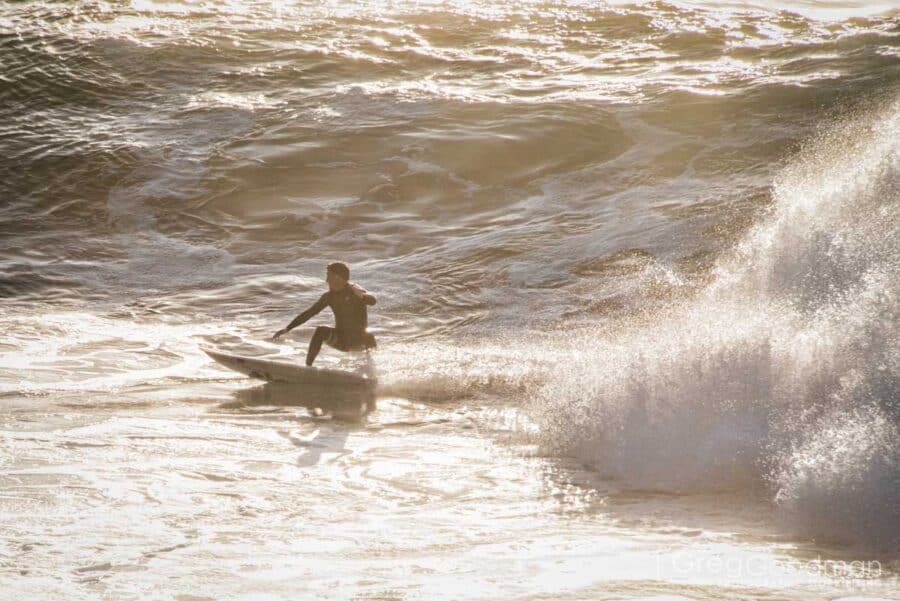From Heights to Depths: Ensuring Safety in Every Adventure
Adventure awaits those who want to push themselves. The joy of pushing physical and mental limits is unsurpassed, whether climbing mountains, diving into the water, or flying. These adventures provide thrills, accomplishment, and connection with nature. Great adventure comes with great responsibility. Safety should be prioritized in every activity to ensure great, safe memories.

Understanding risk and responsibility
Extreme sports and other adventures are risky. Skydiving, bungee leaping, and mountaineering test their bodies. For enthusiasts, preparation goes beyond physical fitness and skill acquisition to reduce these hazards. The importance of extreme sports travel coverage is often neglected. This specialized coverage gives explorers and their families financial security in case of accidents or crises. Understanding and managing risks is the first step to making every activity safe and fun.
Prepare for the unexpected
Adventure sports safety depends on preparation. This requires researching the activity, comprehending its requirements, and acquiring the necessary skills and information. Scuba divers must know how to handle equipment failures, while climbers must know remote evacuation methods. Furthermore, specialists or guided tours may provide insights that beginners may not notice. Addressing potential concerns beforehand prepares participants for challenges and reduces incident risk.
Training and expertise
Adventure sports safety requires training and competence. Many mishaps result from improper training or underestimating an activity’s difficulty. Scuba diving and paragliding certification classes enhance confidence and ensure excellent practices. Expert instructors and guides are also helpful, especially in foreign settings. Training is prudent and important for responsible extreme adventurers.
The value of dependable gear
Safety in adventure sports also requires quality gear. A solid harness for rock climbing, a trustworthy parachute for skydiving, or protective gear for snowboarding may make or break an adventure. Regular maintenance and checks are essential for maximum gear performance. To minimize surprises, educate yourself about the equipment’s use and restrictions before the activity.
Planning for emergencies
Accidents can happen despite the best preparedness. Planning for such scenarios is crucial. This involves knowing where medical facilities are near the adventure site, carrying a first-aid kit, and having clear communication routes. Satellite phones and emergency beacons can save lives in remote regions. Adventurers should also tell trusted contacts their whereabouts and return time. Being prepared for emergencies protects the individual and speeds up vital aid.
Building a safety culture
Participants, organizers, and industry stakeholders share adventure sports safety responsibilities. A safety culture ensures everyone prioritizes responsible actions. This includes following legislation, respecting environmental boundaries, and communicating dangers. This culture promotes trust and accountability, making adventure sports more accessible and fun. By encouraging a proactive approach to safety, the sector may lower hazards and improve participants’ experiences. In addition to saving lives, this dedication guarantees that these exciting pursuits will continue for many more years.
Conclusion
Adventure sports provide incredible exhilaration and personal growth but require caution and preparation. Risk assessment, training, trustworthy gear, and emergency preparedness can help thrill seekers have safe and enjoyable experiences. With extreme sports travel coverage and added security, explorers may enjoy their trip without stress. Safely navigating every activity, from heights to depths, is a way to experience it completely.
EXPLORE SOMEWHERE NEW
BUY A PRINT
All photos on this site are available as limited edition fine art photographic prints. Please get in touch for sizes and rates.


